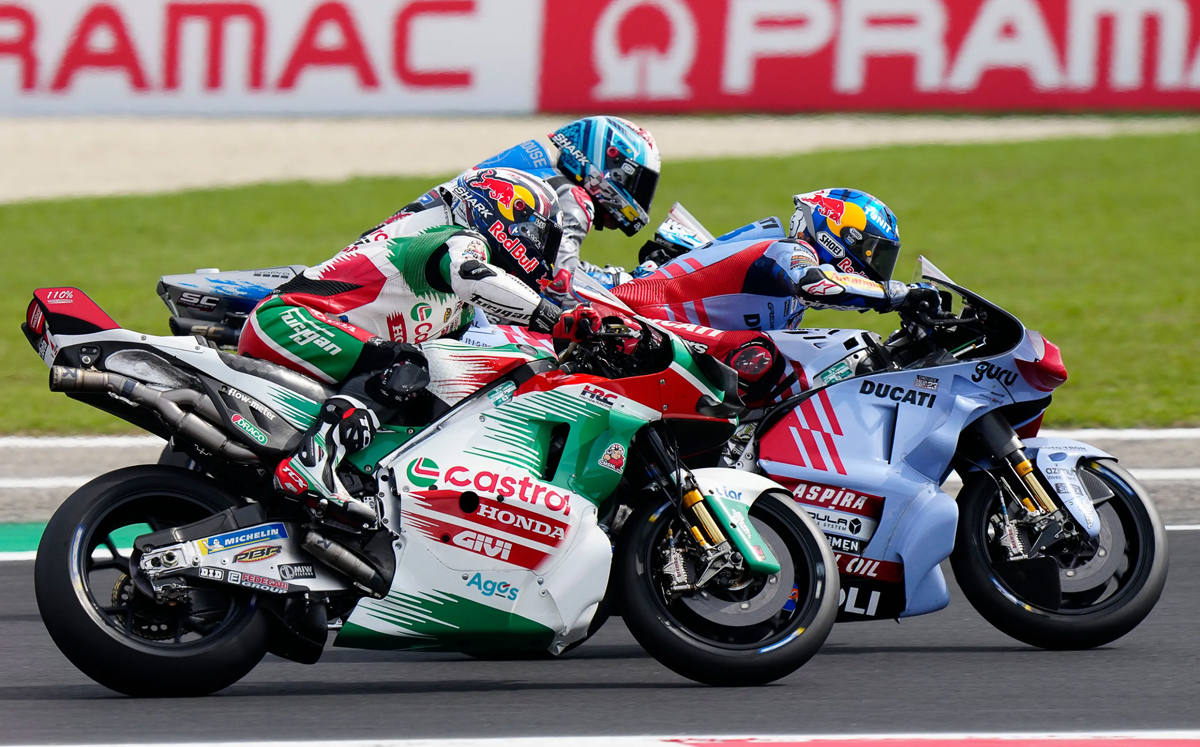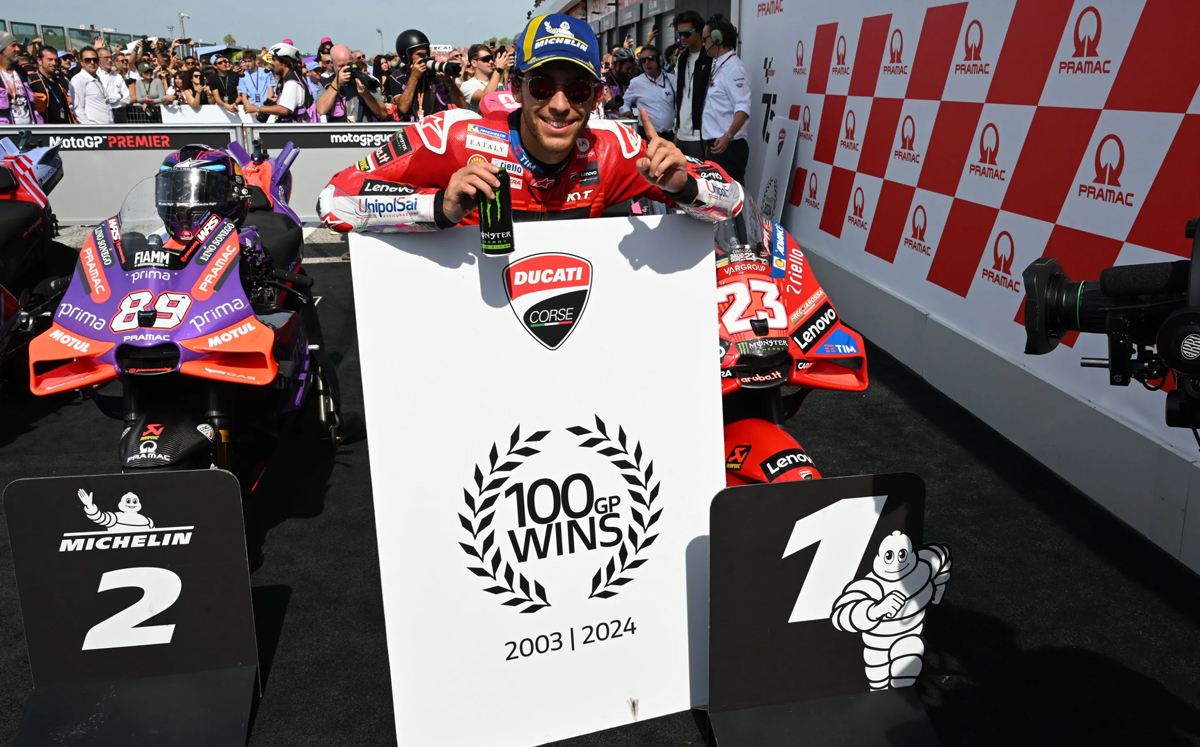
The main talking point after the Misano Main race was, unsurprisingly, the incident between Enea Bastiannini and Jorge Martin, that sent both riders wide but Martin wider, and enabled Bastiannini to take the victory. How you apportion blame depends on which rider is your favourite. As for the race stewards’ decision to take no further action, well that’s also going to be a matter of personal preference and opinion.
Trying to look at it neutrally from the outside, it’s a tough call. Yes, it was aggressive but there is no rider on the grid that won’t resort to an aggressive move if the occasion demands it; these are racers, not kindergarten inmates. If such aggression is to be completely outlawed, then it will be the end of racing as we know it, for who is to say what is too aggressive? Where is the line drawn?
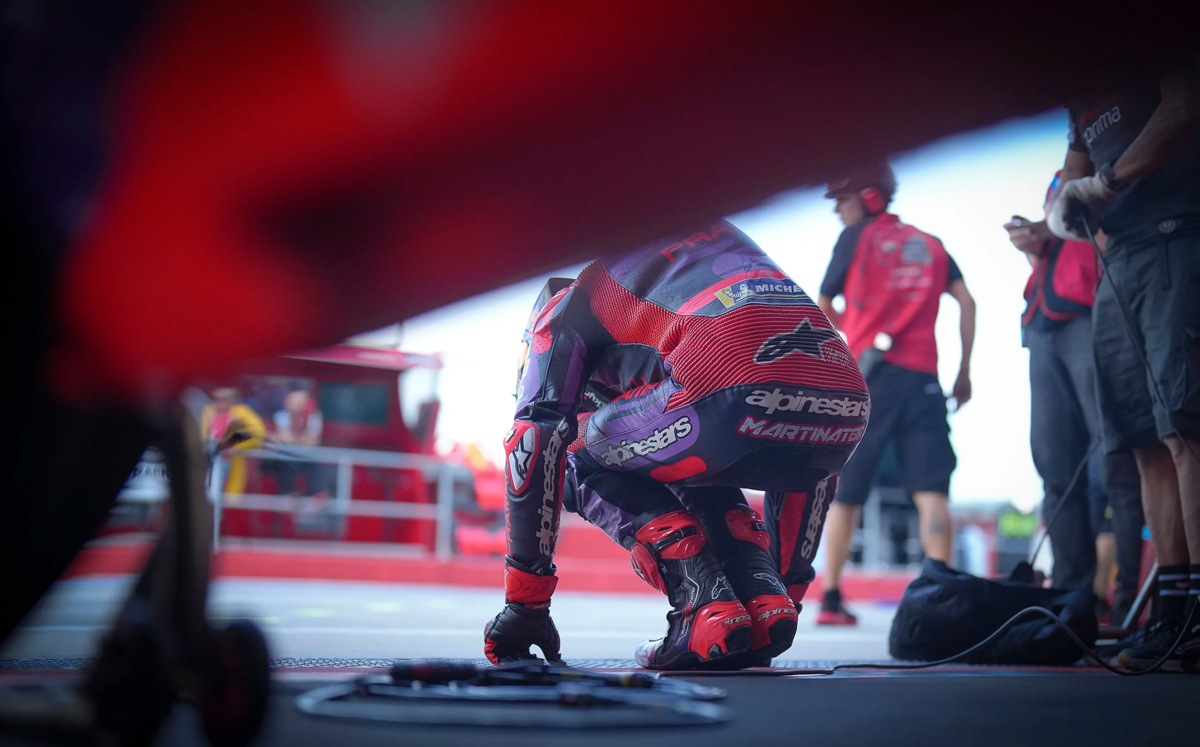
Personally, as much as I applaud Bastiannini’s move, I do think a penalty would have been justified, no matter how harsh; if he barged Martin off but stayed on track himself, that is one thing, but they both ran off track, meaning that Bastiannini wasn’t fully in control of his bike and wasn’t going to be anywhere near the apex of the corner, and that, for me, is the crux of the matter. For the record, Marc Marquez was of the same opinion, as were Aleix Espargaro and Luca Marini, who felt the move deserved a penalty. Jack Miller was in the Bastiannini supporter’s camp.
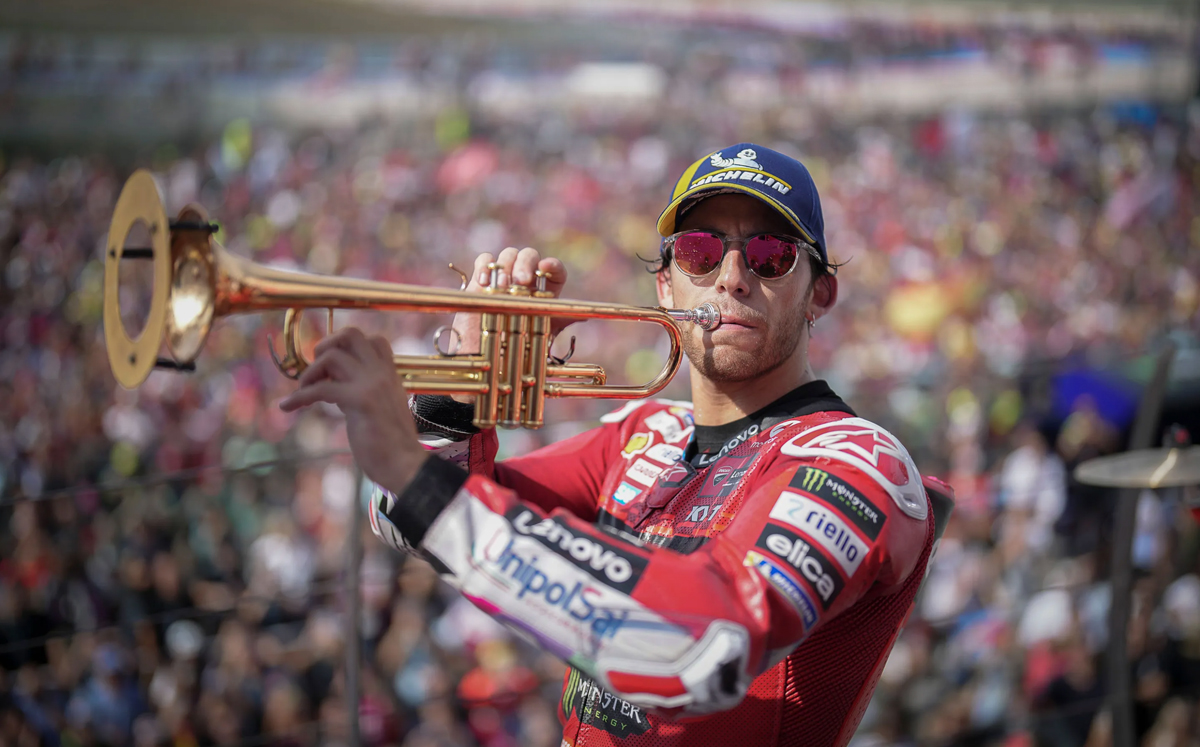
Of course, you could look at it from Martin’s viewpoint, although that is complicated as, with Bagnaia failing to finish, he was guaranteed to extend his championship lead, no matter where he finished. Having said that, championships have been won or lost by less than the five-point difference between first and second place, so perhaps Martin will come to rue Sunday’s events.
It’s not as if Martin has a whiter-than-white reputation; remember Qatar last year? Martin made an aggressive move on Bagnaia that resulted in contact between the two and Martin gaining the position. Bagnaia’s reaction at the time was that it redefined the rules of engagement and opened the door for his own brand of aggression later in the season; tit-for-tat, in other words.
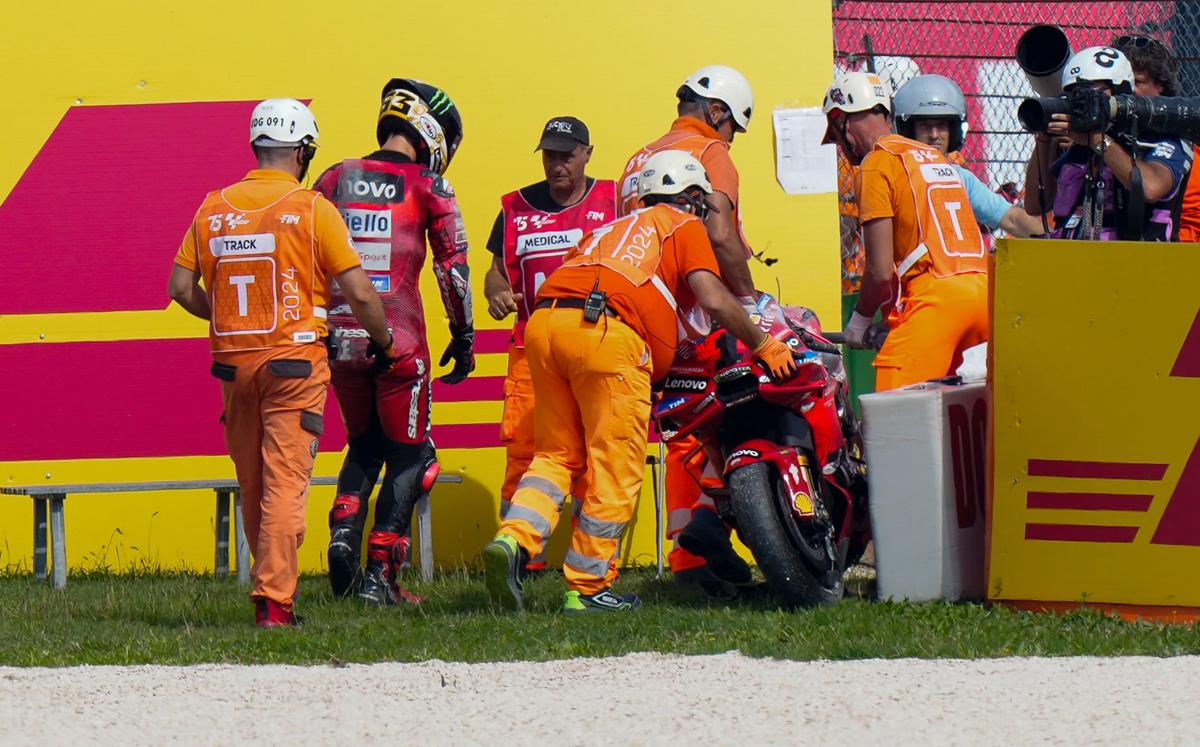
Martin obviously feels the same after Sunday but the danger of that is the often-inconsistent rulings by the race stewards, not to mention the chance of a move such as that going wrong next time, resulting in one or both riders falling.
Of course, such incidents are good for the “show” – at the moment of impact, at least. But what about later on, after the race, what you have seen on track is overshadowed by a post-race penalty altering the finishing order? With a championship at stake, the stewards, for all their perceived failings, don’t want to alter the outcome of the championship by interfering unduly. But it’s still inconsistent.
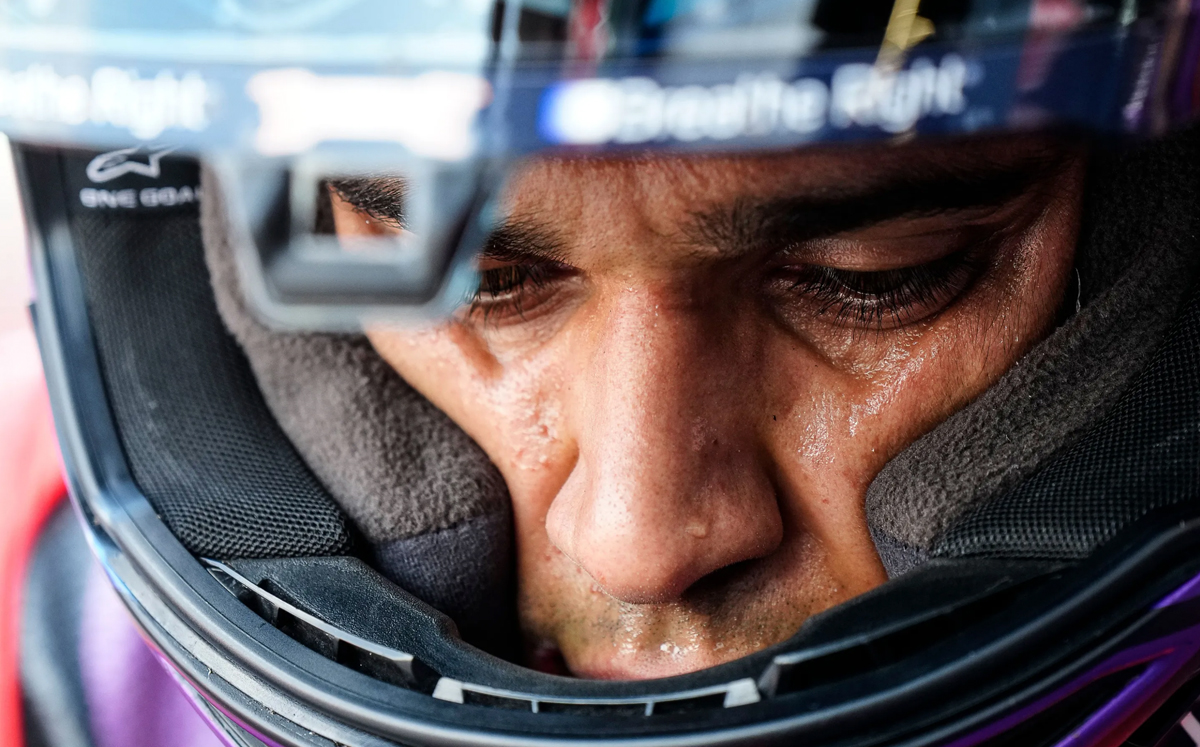
This inconsistency is something that is going to have to be addressed and, perhaps, it will be when Simon Crafar takes over as head of the steward’s panel from Freddie Spencer next year. Not that Spencer doesn’t know a thing or two about hard racing, of course, but new blood is always a good thing. What certainly didn’t help after the race was the lack of explanation from the stewards regarding their decision; there simply has to be more transparency.
There is something more insidious that was highlighted by the Bastiannini/Martin incident, and that is how difficult the MotoGP prototypes are becoming to ride and how much effect the aero and ride-height devices are having. It is becoming increasingly difficult to follow another bike for any length of time, due to the heat generated by the bike ahead and the huge loads on the front tyre. It means that there are fewer opportunities to overtake and that overtakes have to be more aggressive; as Marc Marquez stated “it’s the only way to overtake with these bikes.”
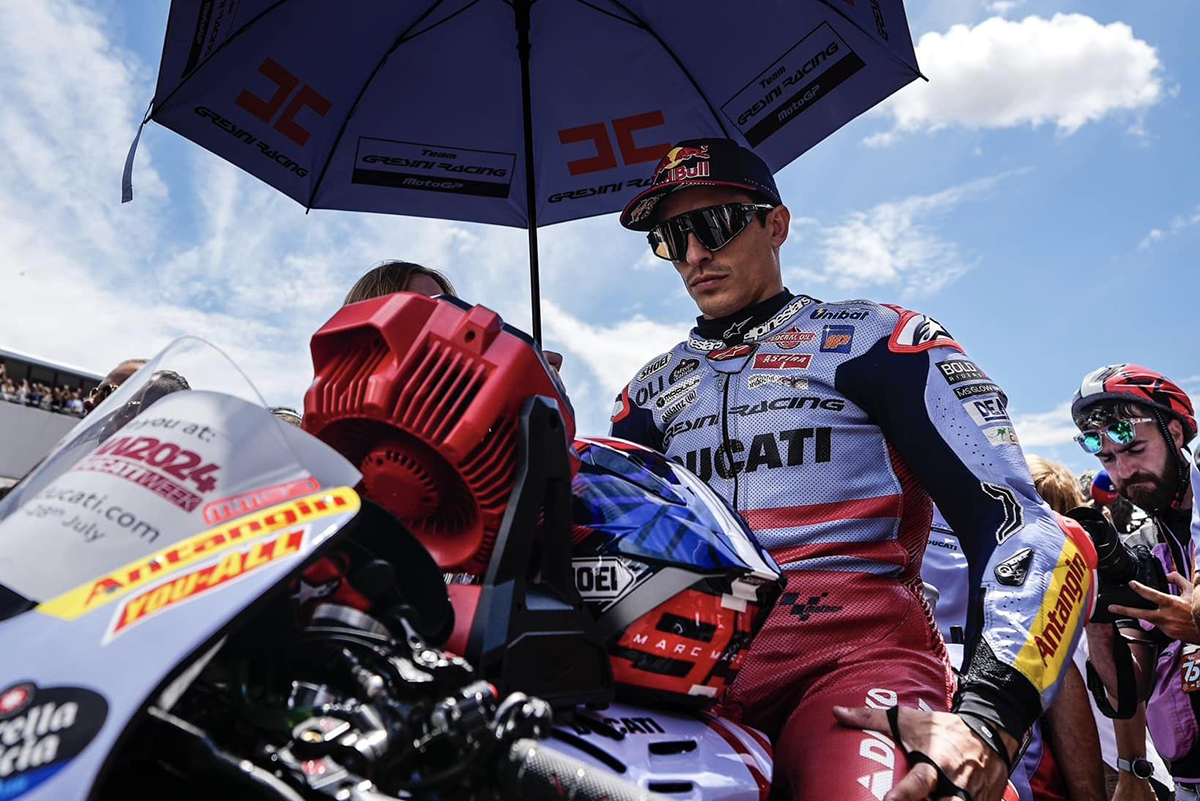
Bastiannini agreed; ‘“Yes, it was a bit on the limit but in the end, it was the only choice because without this possibility it was impossible for me because, on the rest of the track, Martin was super nice and was the only possibility for me.” So what they are saying is, in effect, that without a do-or-die attempt, there’s no way of overtaking. Surely that is where the sport has gone wrong?
At least there are moves afoot to make it less difficult; from 2027, there will be a marked reduction in aero downforce, no ride-height devices and a reduction to 850cc. Also, Michelin is working hard on a new front tyre that will be less susceptible to temperature changes and, therefore, grip levels. They can’t come soon enough.
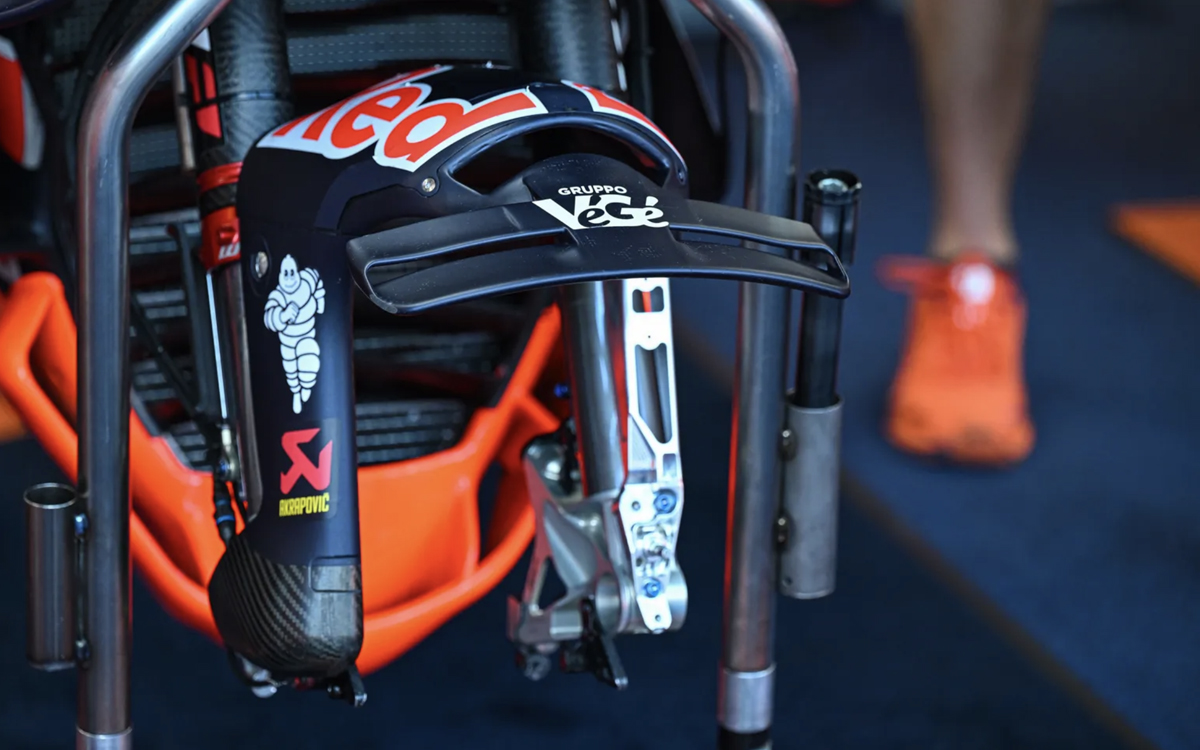
Aggressive moves are nothing new – Valentino Rossi on Sete Gibernau in Spain 2005, anyone? In fact, Rossi against many rivals, for that matter – but we go back to the idea of gladiators battling it out; no-holds-barred fighting is always more entertaining than an over-policed procession. Of course, it all depends on the viewpoint: the rider who loses out in an incident is always going to have a completely different opinion of what is acceptable than the rider who came out on top. Max Biaggi said it best; “This is motorcycle racing, not classical dancing.”
It’s a shame that the argument has overshadowed what was a good race. Martin vs Bastiannini was nail-biting, as Martin could never get away and there was always the chance that he would buckle under the pressure and make a mistake, as he did in the Sprint race when he was distracted by a dashboard message telling him he had a track-limits warning, running wide and allowing Bagnaia through. Galling, but he had no one to blame but himself. As it was, in the Main race, it looked as if he had Bastiannini covered which, of course, is where we came in; Bastiannini had no choice other than to make a desperate lunge and he got away with it.
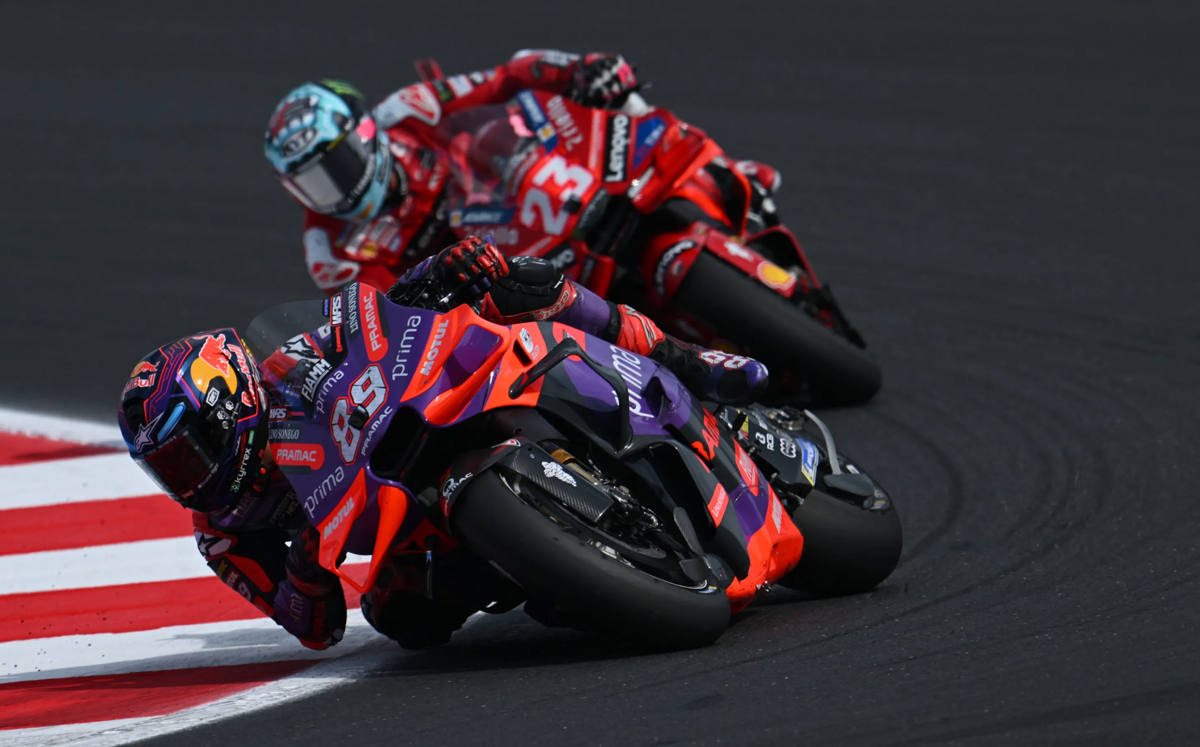
Let’s just hope that the championship isn’t decided by a similar incident on the last lap of the last race, with everything on the line.
For brief moments in both races, it looked as if Brad Binder was going to have an influence on proceedings, his starts being something else but, in the Sprint race, he dropped quickly from second to sixth, where he finished and, in the Main race, he was again in the mix but dropped it early on and was destined to finish dead last, 85 seconds behind the winner.

Somehow, Honda managed to get three bikes into the points, albeit at the tail end of the points-paying positions but special mention must go to Fabio Quartararo, who had an excellent race by Yamaha’s current standards, finishing seventh in both races. Rumours are floating around that Yamaha has finally admitted that what they need is a V4 and are reportedly working on one. We’ll probably only see it when the new 850cc rules come in, in 2027, and it can’t be too soon; someone has to break the dominance of Ducati at some point – why not Yamaha?
